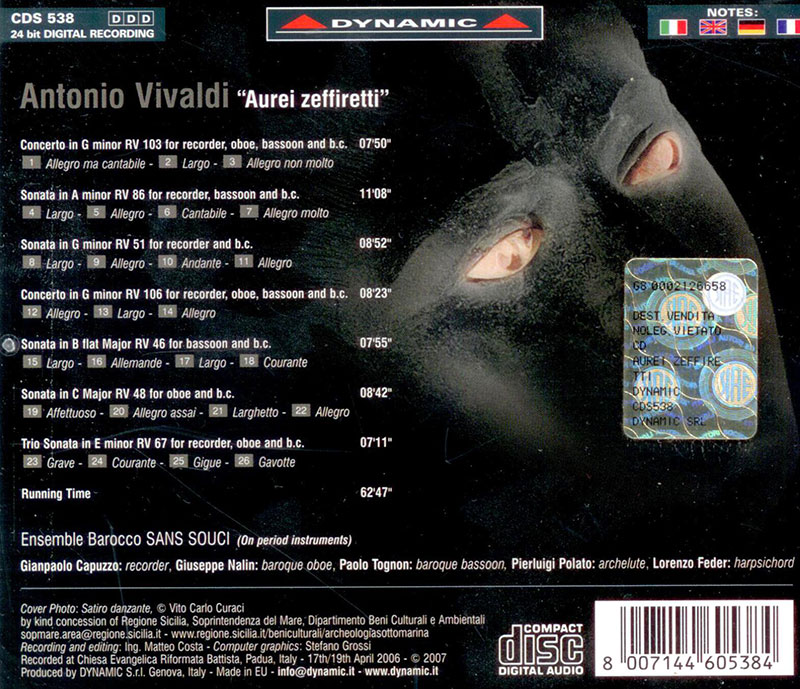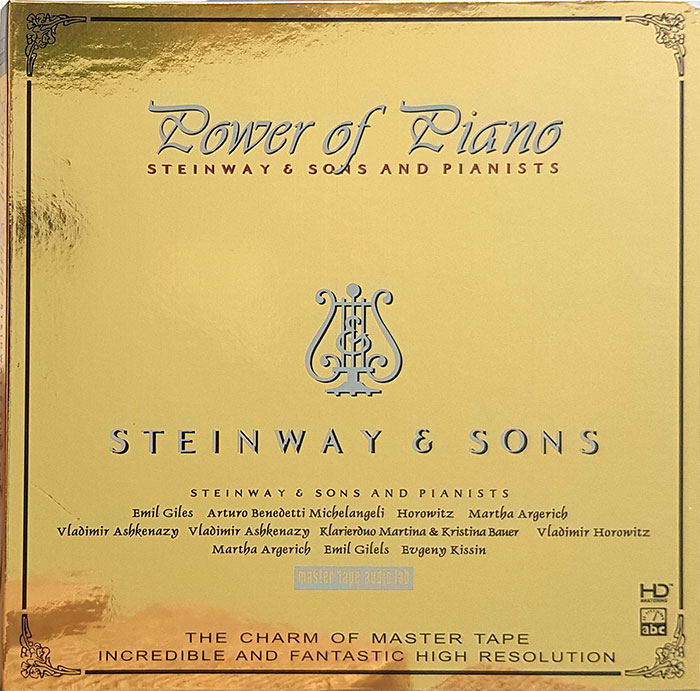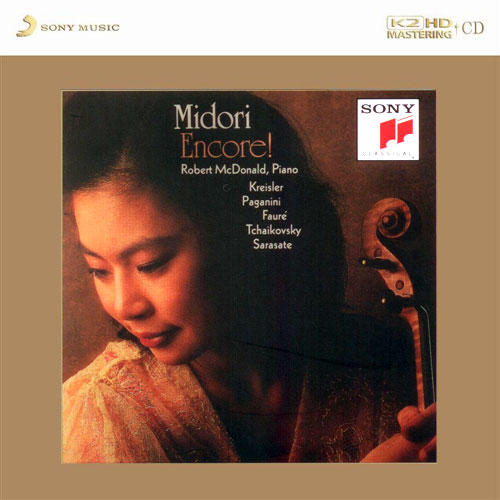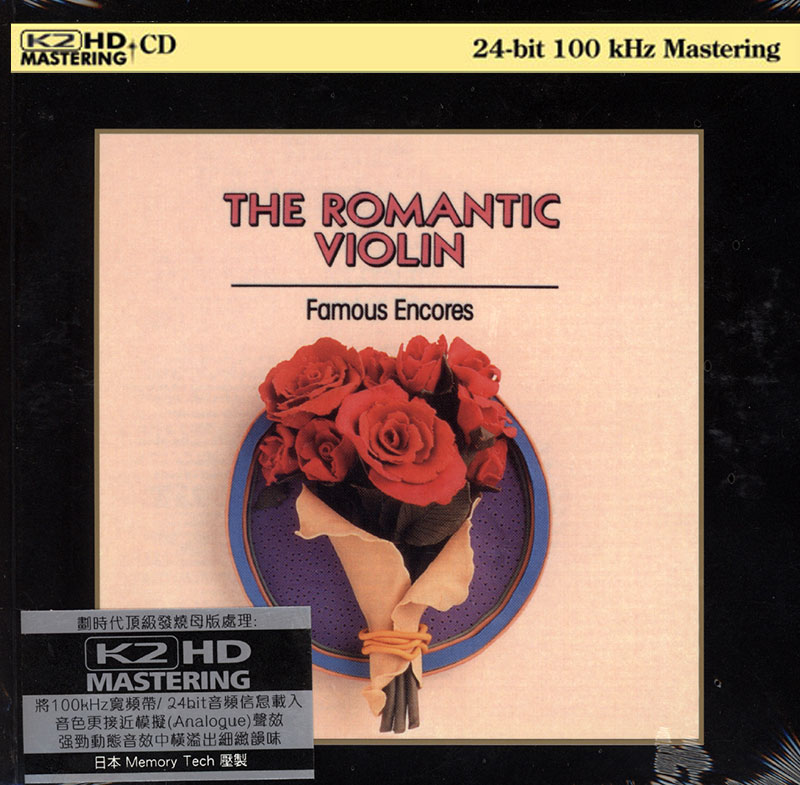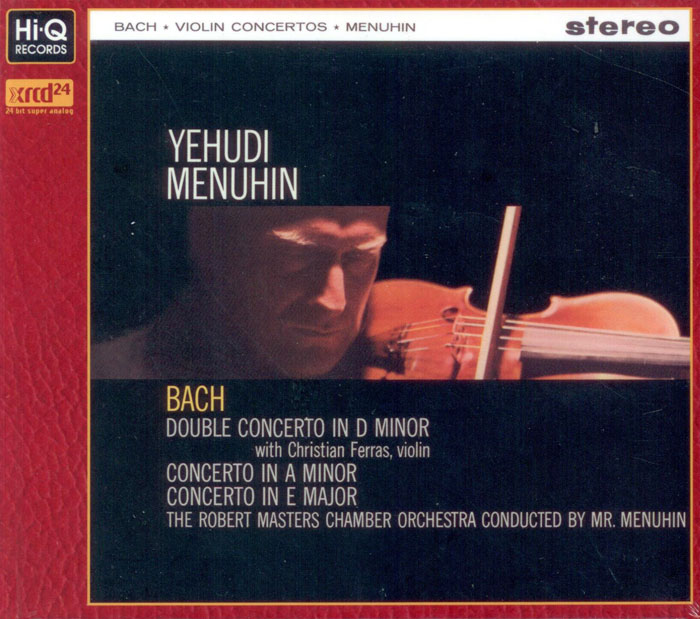Logowanie
Mikołaj - ten to ma gest!
Elton John, The Mamas & The Papas, Cat Stevens, Rod Stewart, Bobbie Gentry, Stevie Wonder, Engelbert Humperdinck
Memory Lane
Edycja Numerowana - 1000 egzemplarzy w skali światowej
RACHMANINOV, Eiji Oue, Minnesota Orchestra
Symphonic Dances / Vocalise
Best Recordings of 2001!!! NAJCZĘŚCIEJ KUPOWANA PŁYTA Z RR!
Karnawał czas zacząć!
Music of Love - Hi-Fi Latin Rhythms
Samba : Music of Celebration
AUDIOPHILE 24BIT RECORDING AND MASTERING
CHOPIN, LISZT, DEBUSSY, DVORAK, Gerhard Oppitz
Dances romantiques - A fantastic Notturno
Wzorcowa jakość audiofilska z Clearaudio
Winylowy niezbędnik
ClearAudio
Double Matrix Professional - Sonic
najbardziej inteligentna i skuteczna pralka do płyt winylowych wszelkiego typu - całkowicie automatyczna
VIVALDI, Ensemble Barocco Sans Souci
Aurei Zeffiretti - Sonatas For Wind Instruments
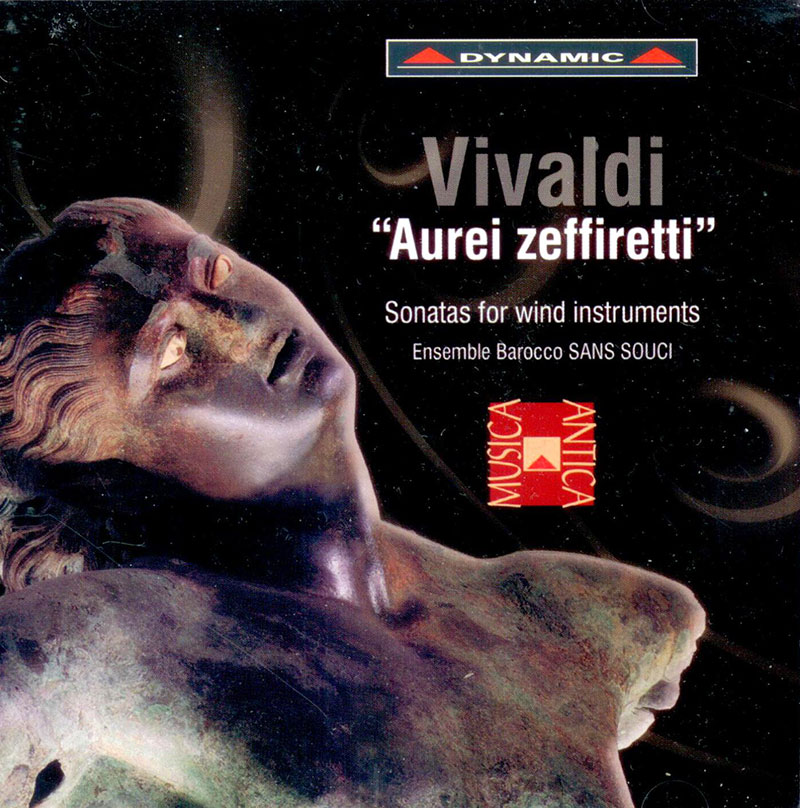
- Ensemble Barocco Sans Souci - orchestra
- VIVALDI
The great popularity that Vivaldi still enjoys today is linked to a great extent to his extraordinary violin concertos but, unlike most Italian violinist-composers of the age (from Corelli to Tartini, from Veracini to Locatelli) he also paid very particular attention to wind instruments. Vivaldi’s taste for wind instruments has a markedly international savour, for his scores accept instruments like the salmoé, the very modern two-key clarinet or again flageolets, instruments akin to the recorder and very popular in France and England. As well as these, of course, trumpets, horns and the more traditional recorders and flutes, oboes and bassoons, used in every kind of combination, with an attention to orchestral colours and chamber-like intertwining that truly have few equals. The recording focuses on Vivaldi’s chamber music, and, albeit with a relatively limited ensemble, offers a significant profile of the various instrumental forms and combinations adopted by the Venetian composer. The Padua Baroque Ensemble Sans Souci, founded by Giuseppe Nalin in 1986, dedicates itself especially to performing music dating from the mid-seventeenth to the end of the eighteenth century. . They have recorded 13 CDs, 11 of them with Dynamic.





























